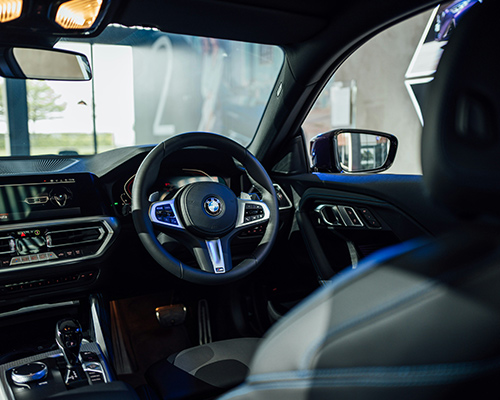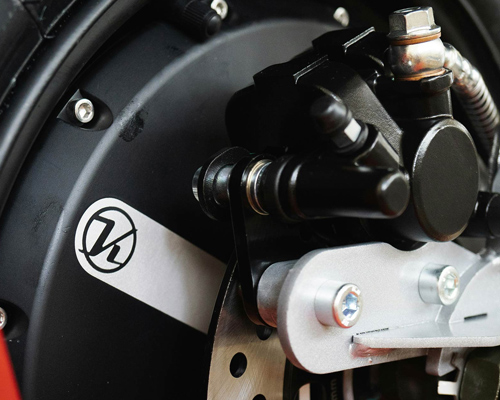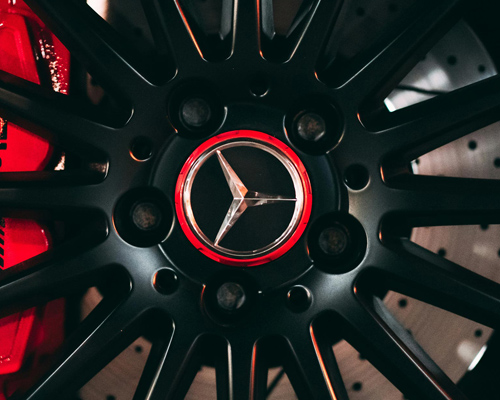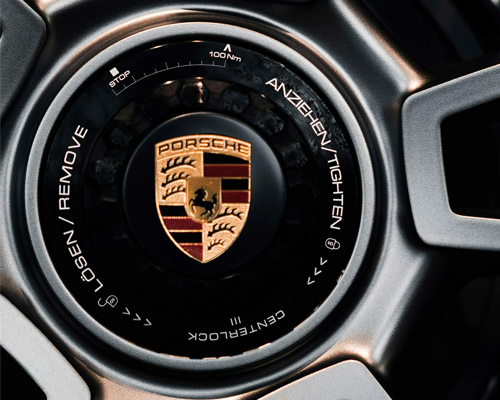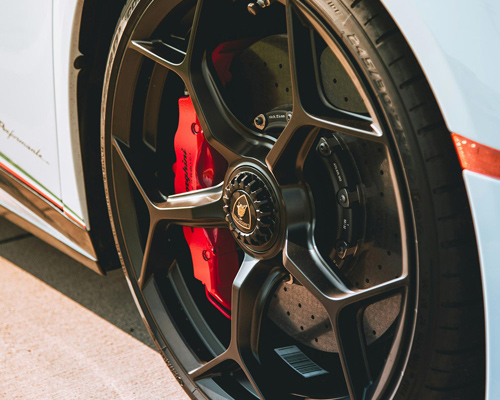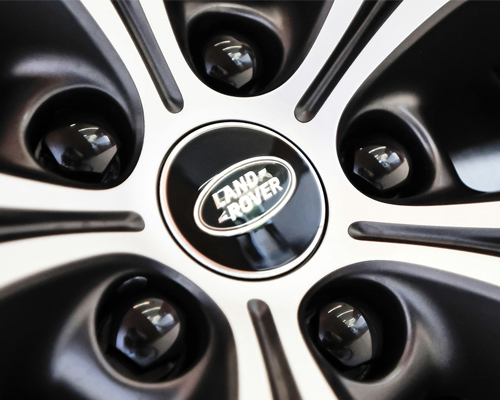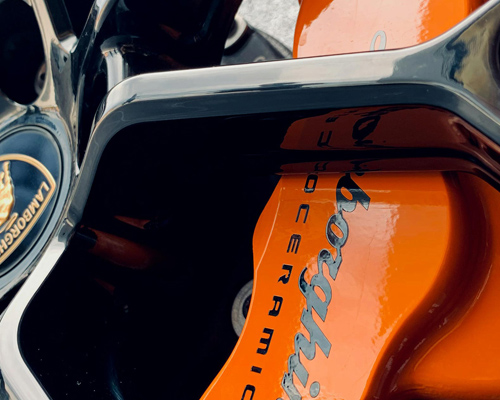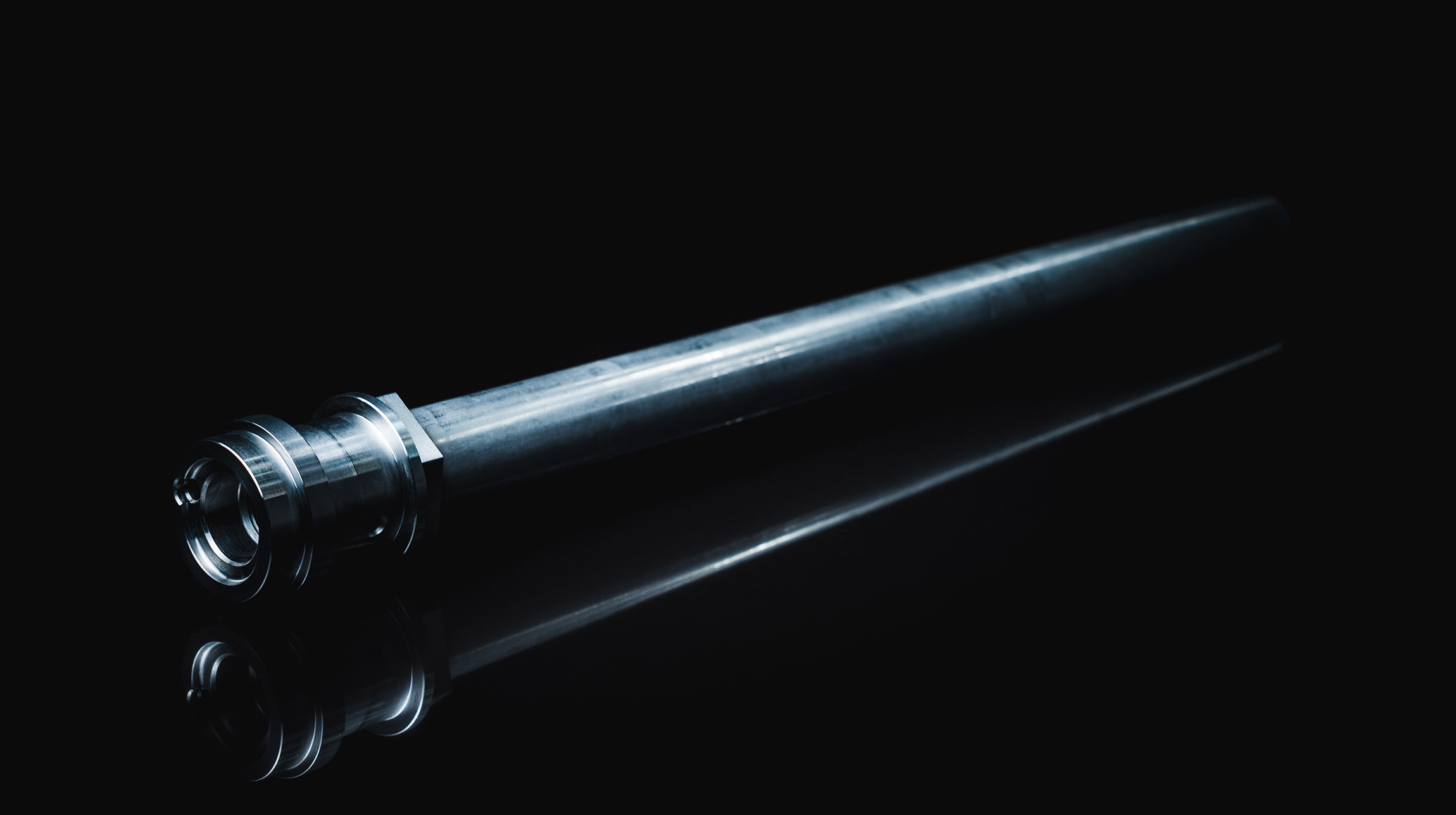
Camshaft and Balancing Shafts
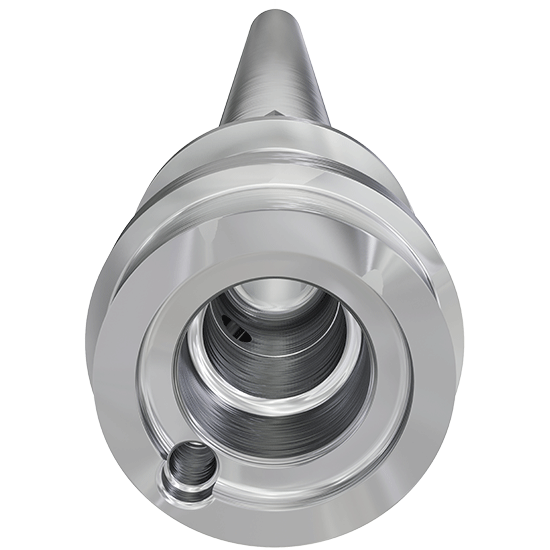
Camshaft and Balancing Shafts Product Overview
The MAT Foundry Group has a reputation for producing world class balancing shafts and camshafts alike, machining as many as 4.5 million a year at our Schmidt Automotive plants in Germany.
Camshafts are integral to the operation of a combustion engine and have a direct impact on performance.
A basic looking component, it’s little more than a length of rod, albeit one with shaped lobes across its surface. It’s designed this way to make it naturally balanced for a smooth running piston engine.
Despite not being much to look at, the camshaft carries great responsibility – controlling the input of fuel and exit of exhaust flames.
Vehicles require at least one camshaft per cylinder bank to function correctly. Inline engines can get away with a single shaft. Those adopting a V arrangement need at least two.

The Importance of Camshafts and Balancing Shafts
Engine manufacturers even use Schmidt for the early development phase, taking advantage of our extensive knowledge and capability.
Cooperation with our customers usually starts with the production of the first prototypes and pre-series parts. By continuous optimisation of individual processes and efficiently connecting our processes, we are able to manufacture complex powertrain components in mass production, satisfying our customer demands.
A concept as old as engines themselves, the importance of the camshaft has never waned.
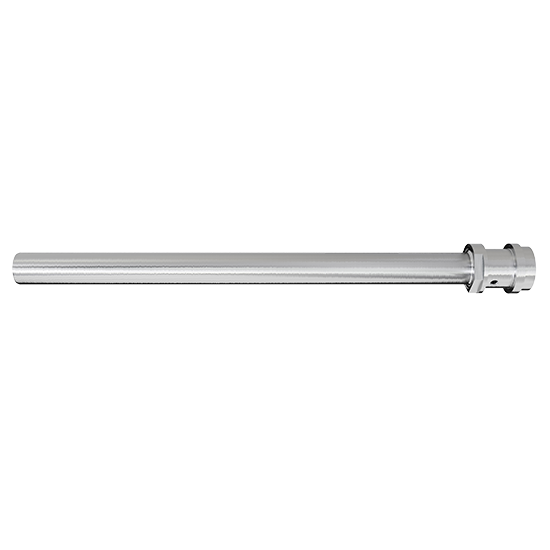
How Do Camshafts and BALANCING sHAFTS Work?
Camshafts are connected to the crankshaft in a typical engine courtesy of a belt, chain or gears.
As the shaft rotates in time with the engine speed, the structure of the cam enables it to act upon a valve or switch, matching the severity of its shape. Speed and rotation determine the rate of action.
Subsequent movement controls the amount of air-fuel mix that enters the chamber. Likewise, it governs how efficiently spent exhaust gas from the previous ignition is disposed of, making way for the next charge.
This opening and closing of valves must be synchronised with the movement of the pistons and a connecting rod attaches the two. It’s this synchronicity which impacts performance.
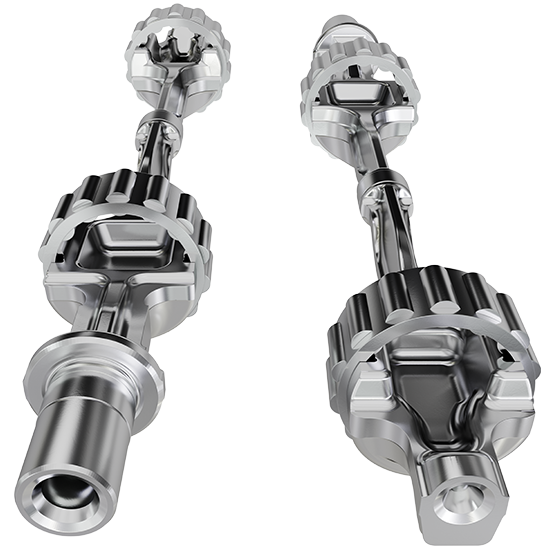
wHAT aRE Double Overhead Camshafts?
The reason camshafts are connected via a belt, chain or gear is to help with these all-important timings. This arrangement helps to directly move the pistons inside the cylinder.
The shape of the cams is also crafted to control the speed at which valves open and close. This process is better known as Variable Valve Timing.
Some vehicles deploy what’s known as Double Overhead Camshafts, resulting in four across two banks of cylinders. This setup allows for more sophisticated valve technology which works to alter the timing, duration and lift of the valves.
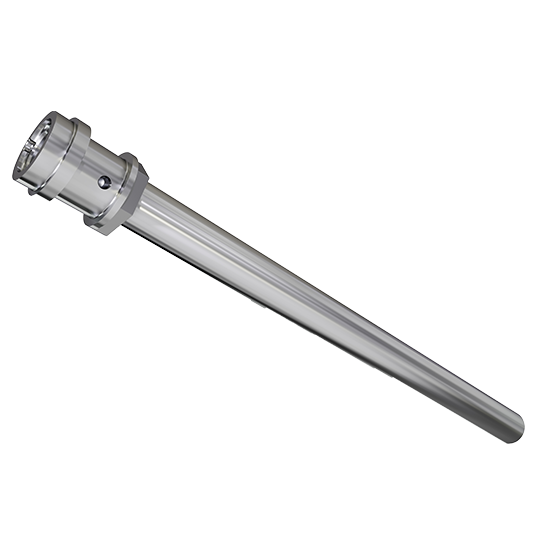
Camshaft Facts
MAT Foundry machine 4.5 million camshafts a year
The camshaft was reportedly invented by Arab engineer Al-Jazari in 1206
Camshafts are typically made from cast iron or steel
The timing of a camshaft is operated by the cambelt, which is synchronised with the crankshaft's movements



